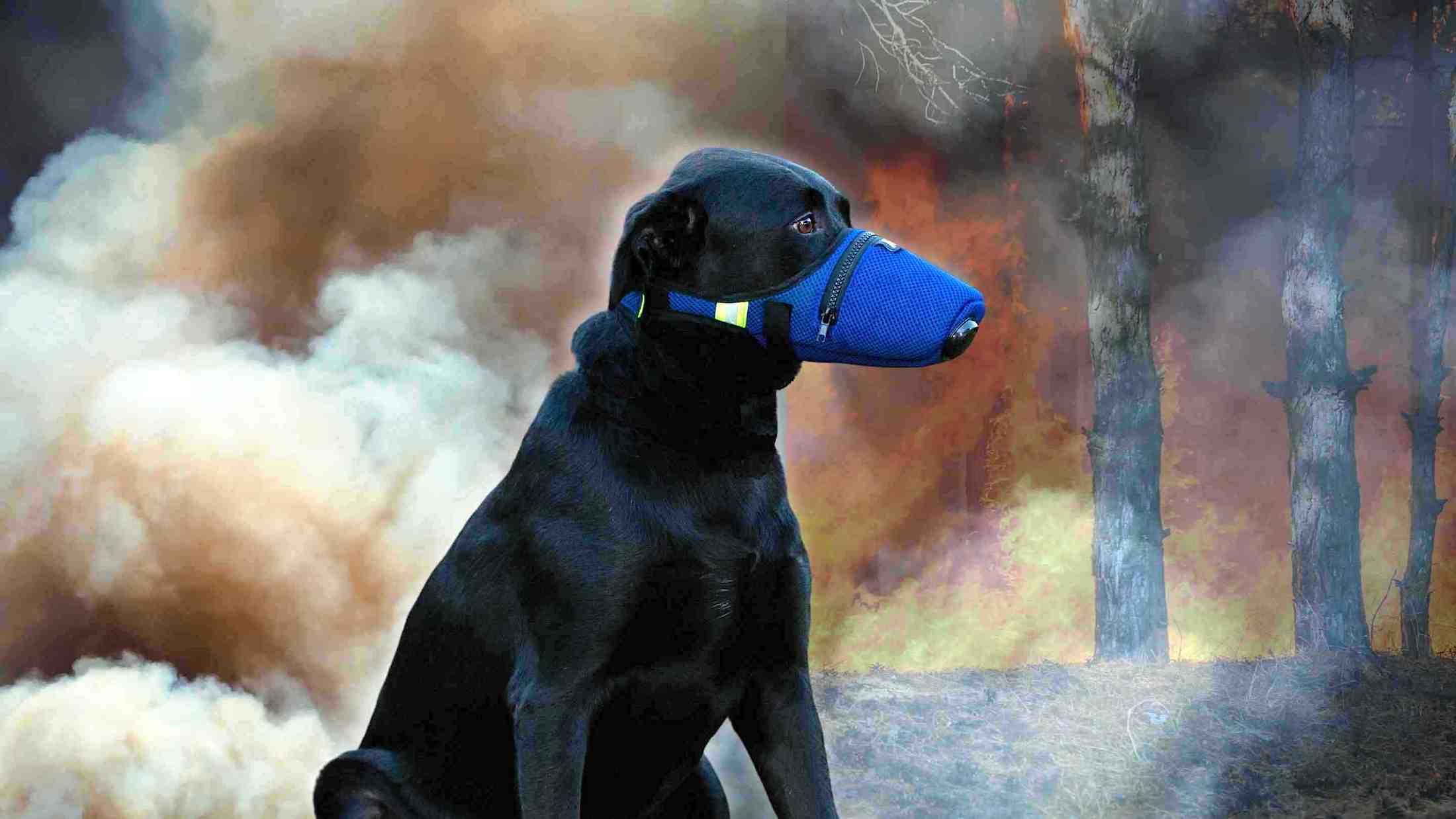No one wants to hear news about a coronavirus. We are tired of it. But, the more we know the better we can try to live. This news comes from Malaysia where scientists have connected a coronavirus in dogs that might be transmitted to humans.
Coronavirus Transmission Patterns
In the past 20 years, new coronaviruses have emerged from animals with remarkable regularity. In 2002, SARS-CoV jumped from civets into people. Ten years later, MERS emerged from camels. Then in 2019, SARS-CoV-2 began to spread around the world.
For many scientists, this pattern points to a disturbing trend: Coronavirus outbreaks aren't rare events and will likely occur every decade or so.
Now, scientists are reporting that they have discovered what may be the latest coronavirus to jump from animals into people. And it comes from a surprising source: dogs.
When the COVID-19 pandemic first exploded, Dr. Gregory Gray started to wonder whether there might be other coronaviruses out there already making people sick and threatening to trigger another outbreak.
 Image by Angela Hsieh for NPR
Image by Angela Hsieh for NPR
The problem was that he didn't have a tool to look for them. The test for COVID-19, he says, is extremely limited. It tells whether one particular virus — SARS-CoV-2 — is present in a person's respiratory tract, and nothing else.
"Diagnostics are very specific. They generally focus on known viruses," says Gray, an infectious disease epidemiologist at Duke University's Global Health Institute.
So he challenged a graduate student in his lab, Leshan Xiu, to make a more powerful test — one that would work like a COVID-19 test but could detect all coronaviruses, even the unknown ones.
Xiu not only rose to the challenge, but the tool he created worked better than expected.
In the first batch of samples tested last year, Gray and Xiu found evidence of an entirely new coronavirus associated with pneumonia in hospitalized patients — mostly in kids. This virus may be the eighth coronavirus known to cause disease in people, the team reports Thursday in the journal Clinical Infectious Diseases.
The samples came from patients at a hospital in Sarawak, Malaysia, taken by a collaborator in 2017 and 2018. "These were deep nasal swabs, like doctors collect with the COVID-19 patients," says Gray.
The patients had what looked like regular pneumonia. But in eight out of 301 samples tested, or 2.7%, Xui and Gray found that the patients' upper respiratory tracts were infected with a new canine coronavirus, i.e., a dog virus.
"That's a pretty high prevalence of a [new] virus," Gray says. "That's remarkable." So remarkable, in fact, that Gray actually thought maybe he and Xiu had made a mistake. Perhaps Xiu's test wasn't working quite right. "You always wonder if there was a problem in the lab," he says.
To find out, he sent the patients' samples over to a world expert on animal coronaviruses at Ohio State University. She was also dubious. "I thought, 'There's something wrong,' " says virologist Anastasia Vlasova. "Canine coronaviruses were not thought to be transmitted to people. It's never been reported before."
Growing Coronavirus in Labs for Research
Nevertheless, Vlasova went to work. She tried to grow the coronavirus in the lab, using a special solution she knew worked for other dog coronaviruses. Lo and behold, "the virus grew very well," she says.
With a lot of virus on hand, Vlasova could decode its genome. From the virus's gene sequences, she could see that the virus had likely infected cats and pigs at one point. But it likely jumped directly from dogs into people. "The majority of the genome was canine coronavirus," she says.
Then she found a disturbing clue about the virus's future. "We did discover a very, very unique mutation — or deletion — in the genome," Vlasova says. That specific deletion, she says, isn't present in any other known dog coronaviruses, but it is found somewhere else: in human coronaviruses. "It's a mutation that's very similar to one previously found in the SARS coronavirus and in [versions of] SARS-CoV-2 ... [that appeared] very soon after its introduction into the human population," Vlastova says.

This deletion, she believes, helps the dog virus infect or persist inside humans. And it may be a key step required for coronaviruses to make the jump into people.
"Apparently the deletion is somehow associated with [the virus'] adaptation during this jump from animal to human," she says.
Altogether, this genetic data suggest that Vlasova and her colleagues are catching this new coronavirus early on in its journey in people, while it's still trying to figure out how to infect people efficiently — and possibly, before it can spread from person to person and trigger a big outbreak.
"There's no evidence yet of transmission from human to human," says virologist Xuming Zhang at University of Arkansas for Medical Sciences. But it's not known how these patients became infected with the virus or whether they had direct contact with infected animals.
Zhang has studied coronaviruses for more than 30 years. He thinks it's too early to call this new virus a human pathogen. "As the authors are careful to say in their paper, they have not proven what's called Koch's postulates," he says. That is, Vlasova, Gray and colleagues haven't shown that the new coronavirus causes pneumonia; so far, it has only been associated with the disease.
"To do that, strictly, they need to inject the virus into humans and see if it reproduces the disease," he says. "Of course [for ethical reasons], we cannot do that."
Instead, Zhang says, they can look to see how common the virus is in pneumonia patients around the world — and they can test to see whether it makes mice or another animal sick.
Coronavirus in Dogs Could Infect Humans
Yet Zhang says he wouldn't be surprised if this dog virus is, in fact, a new human pathogen. He thinks that the more scientists look for unknown coronaviruses inside pneumonia patients, the more they are going to find. "I believe there are many animal [coronaviruses] out there that can transmit to humans."
And in order to stop a future coronavirus pandemic, he says, scientists need to do more testing in people and seek out these strange, hidden infections — before they become a problem.













